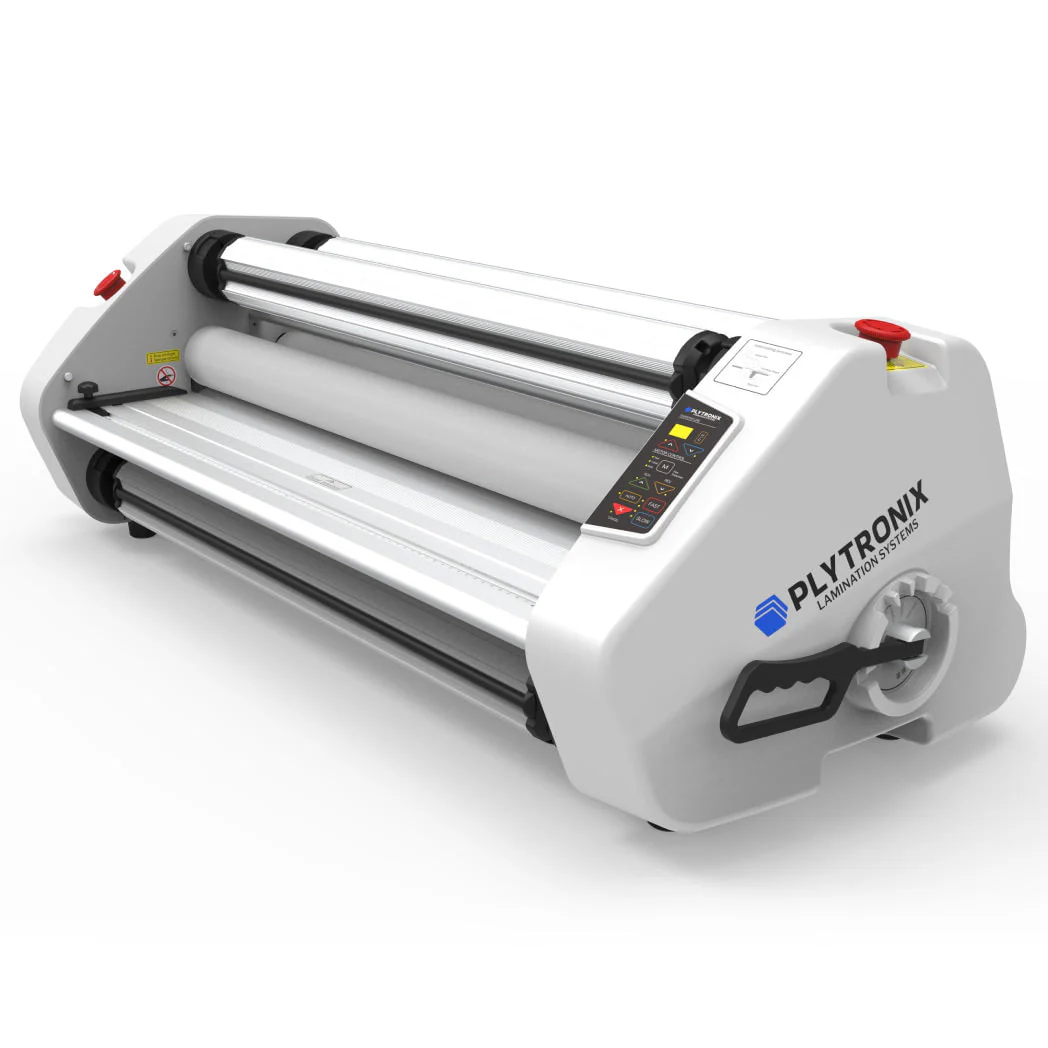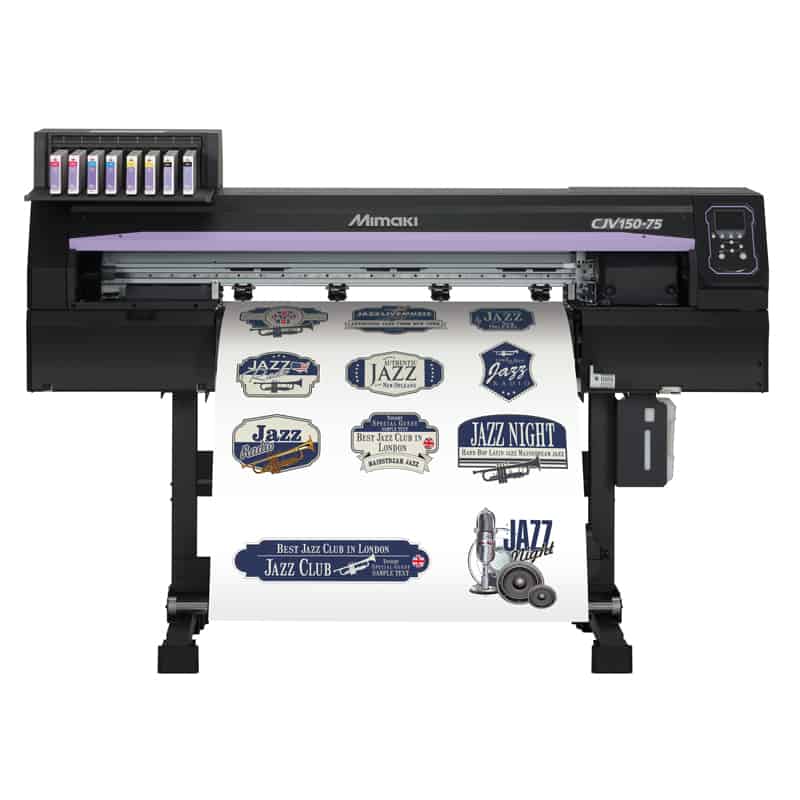Direct to film transfer printers have revolutionized the screen printing industry, offering a cost-effective and efficient way to create high-quality designs on various substrates. These printers rely on advanced technology to transfer ink directly onto films, enabling precise and vibrant prints. However, like any other machinery, proper maintenance is crucial to ensure optimal performance and longevity. In this article, we will explore essential maintenance tips and tricks for direct to film transfer printers, helping you keep your equipment in top shape.
Importance of Direct to Film Transfer Printers
Direct to film transfer printers have gained popularity due to their ability to produce accurate and detailed prints. Whether you're a professional screen printer or a hobbyist, these printers offer numerous advantages, including:
- High-quality prints: Direct to film transfer printers can produce sharp, vibrant designs with intricate details, resulting in superior print quality.
- Time and cost savings: By eliminating the need for traditional screen printing processes, direct to film transfer printers reduce production time and costs.
- Versatility: These printers can print on various substrates, including textiles, ceramics, plastics, and metals, providing versatility for different applications.
Understanding the Maintenance Needs
To ensure consistent print quality and maximize the lifespan of your direct to film transfer printer, regular maintenance is essential. The following maintenance tasks should be incorporated into your routine:
1. Regular Cleaning
Proper cleaning is crucial to prevent ink buildup, clogged nozzles, and other printing issues. Clean the printer heads and ink system regularly using the manufacturer-recommended cleaning solutions and lint-free cloths. This helps maintain ink flow and ensures accurate color reproduction.
2. Ink System Maintenance
Monitor the ink levels in your printer and refill or replace the cartridges as needed. Additionally, agitate ink cartridges regularly to prevent settling and maintain uniform ink density. Always use genuine ink cartridges to avoid compatibility issues and ensure optimal print results.
3. Inspection of Components
Regularly inspect various printer components, including print heads, belts, gears, and paper feed mechanisms. Look for signs of wear, such as cracks, debris, or loose parts. Replace any damaged or worn components promptly to prevent further damage to the printer.
Tips for Maintaining Direct to Film Transfer Printers
Now that we understand the maintenance needs, let's explore some practical tips and tricks to keep your direct to film transfer printer in excellent condition:
1. Cleaning the Print Heads
To maintain optimal print quality, clean the print heads regularly. Follow the manufacturer's instructions to access and clean the print heads properly. Use a lint-free cloth or cotton swabs soaked in the recommended cleaning solution. Gently wipe the print heads to remove any dried ink or debris.
2. Clearing Ink Blockages
If you encounter ink blockages or clogged nozzles, refer to your printer's manual for instructions on how to perform a nozzle check and subsequent cleaning. This process helps clear any blockages and ensures consistent ink flow.
3. Calibrating the Printer
Regularly calibrate your printer to ensure accurate color reproduction. Most direct to film transfer printers offer built-in calibration routines that guide you through the process. Follow these instructions to achieve optimal color accuracy and consistency in your prints.
4. Replacing Worn Parts
As your printer ages, certain components may wear out or become damaged. Keep a stock of spare parts recommended by the manufacturer, such as print heads, belts, and gears. Replace these parts as necessary to maintain optimal performance.
Preventive Maintenance Schedule
To establish a comprehensive maintenance routine, create a preventive maintenance schedule for your direct to film transfer printer. This schedule should include regular cleaning, ink system maintenance, component inspection, and calibration. By following a consistent maintenance schedule, you can prevent major issues and ensure smooth printing operations.
Troubleshooting Common Issues
Despite regular maintenance, you may encounter occasional issues with your direct to film transfer printer. Here are some common problems and troubleshooting tips:
1. Poor Print Quality
If your prints exhibit banding, streaks, or uneven colors, try the following troubleshooting steps:
- Clean the print heads thoroughly.
- Check the ink levels and replace any low or empty cartridges.
- Calibrate the printer to ensure accurate color reproduction.
- Use high-quality printing materials compatible with your printer.
2. Paper Jams
Paper jams can disrupt your printing workflow. To resolve this issue, follow these steps:
- Turn off the printer and disconnect the power source.
- Open the printer cover and carefully remove any jammed paper.
- Inspect the paper feed mechanism for debris or obstructions.
- Reassemble the printer and resume printing.
3. Printer Connectivity Problems
If your printer is not connecting to your computer or network, try these troubleshooting tips:
- Ensure all cables are securely connected.
- Restart both the printer and your computer.
- Update the printer drivers to the latest version.
- Check the network settings and reconnect if necessary.
Expert Advice for Printer Maintenance
For optimal performance and longevity of your direct to film transfer printer, consider the following expert advice:
1. Using Genuine Printer Supplies
Always use genuine ink cartridges and other printer supplies recommended by the manufacturer. Third-party supplies may compromise print quality, clog the print heads, or even damage the printer.
2. Storing the Printer Properly
When not in use, store the printer in a clean and dust-free environment. Keep it covered to prevent dust accumulation and protect it from accidental damage.
3. Seeking Professional Help
If you encounter complex issues or if your printer requires extensive repairs, it's advisable to seek professional assistance. Certified technicians have the expertise and tools to diagnose and resolve intricate problems effectively.
Proper maintenance is vital for the optimal performance and longevity of your direct to film transfer printer. By following the tips and tricks outlined in this article, you can keep your printer in excellent condition, ensuring consistent print quality and minimizing downtime. Regular cleaning, ink system maintenance, component inspection, and troubleshooting common issues are key aspects of printer maintenance. Remember to create a preventive maintenance schedule and seek professional help when needed. Take care of your direct to film transfer printer, and it will serve you well for years to come.
FAQs
How often should I clean the print heads?
- It is recommended to clean the print heads of your direct to film transfer printer every two to four weeks, or more frequently if you notice a decline in print quality.
What should I do if my printer keeps jamming?
- If your printer frequently experiences paper jams, ensure that you are using the correct paper size and type. Additionally, check the paper path for any obstructions and make sure the paper is loaded correctly.
Can I use third-party ink cartridges for my direct to film transfer printer?
- It is best to use genuine ink cartridges recommended by the manufacturer to ensure optimal print quality and avoid potential compatibility issues.
How can I prevent ink blockages in my printer?
- To prevent ink blockages, use your printer regularly to keep the ink flowing. Additionally, store your printer in a controlled environment to avoid extreme temperatures and humidity.
Is it necessary to calibrate the printer regularly?
- Yes, regular calibration is necessary to ensure accurate color reproduction. It helps align the printer's color output with the desired color profile, resulting in consistent and high-quality prints.


































![Absolute Toner $95/month 50" [FREE BONUS] AUTOMOTIVE PPF EDITION JAGUAR V-LX GCC J5-101LX-SE TINT PROTECTION FILM & TINT Cutter Window Tinting Plotter Vinyl Cutters](http://www.absolutetoner.com/cdn/shop/files/Photoroom-20250201_185430.png?v=1738485107)










